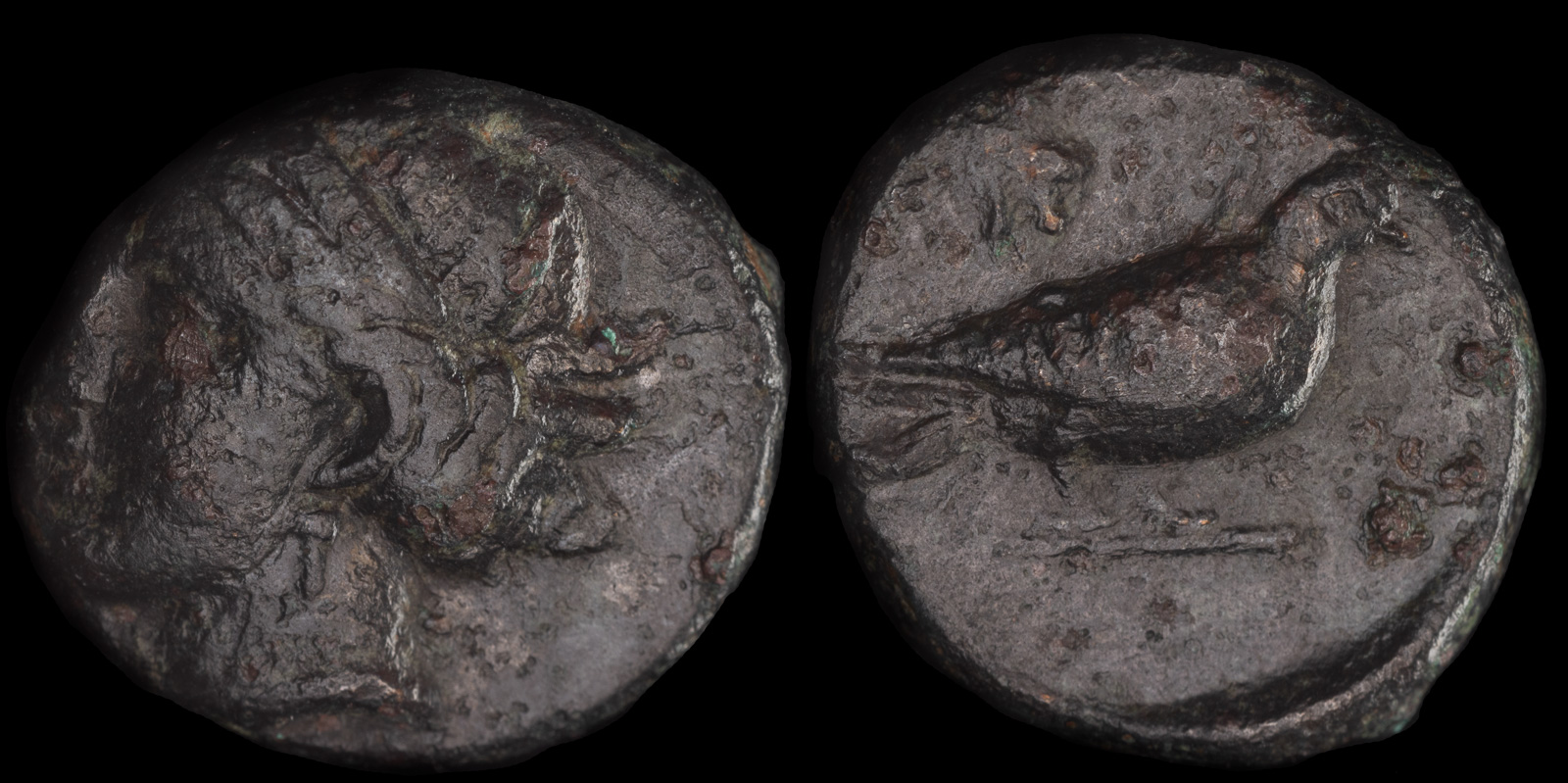Dove
View All Tags
One of the most significant associations of the dove in Greek mythology is with Aphrodite, the goddess of love, beauty, and fertility. According to myth, Aphrodite was often accompanied by doves, and in some versions of her birth story, she is said to have emerged from the sea foam, borne to shore by doves. This connection with Aphrodite reinforced the dove’s symbolism of romantic love and sensual beauty. The bird’s gentle flight and tender nature were viewed as manifestations of the qualities that Aphrodite represented, making the dove a symbol of affectionate devotion and the nurturing aspects of love. The dove’s role in Aphrodite’s retinue also linked it to themes of sexuality and procreation, aligning the bird with the divine forces of fertility.
The dove also symbolized peace in ancient Greek thought. In a world often torn by warfare, the image of the dove represented an ideal of harmony and the cessation of conflict. This peaceful symbolism is evident in various artistic depictions where doves were shown as carrying olive branches, an ancient symbol of peace and reconciliation. The combination of the dove and the olive branch conveyed a message of peaceful resolution, with the dove acting as a messenger bringing tranquility to the warring human world. The image of a dove with an olive branch is also found on various Athenian coins, where it not only reflected the city’s political values but also its aspiration to project peace and prosperity throughout the Greek world.
In addition to these symbolic associations with love and peace, the dove had a connection to the goddess Demeter, who was linked to the fertility of the earth and agricultural abundance. The dove was thought to be a symbol of the earth’s nurturing capacity, representing the fertility of nature and the growth of crops, themes that were central to Demeter’s worship. This broader connection to fertility and abundance expanded the dove’s symbolic meaning beyond just love and peace, imbuing it with connotations of renewal and life-giving forces.
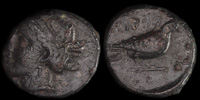
Echetimos of Paphos, early 4th century BCE
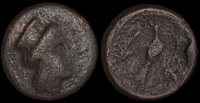
Kassope, Epeiros 342-325 BCE

Metropolis, Thessaly 4th century BCE

Sikyon 250-200 BCE

Sikyon 250-200 BCE

Sikyon 330-280 BCE
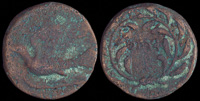
Sikyon 330-305 BCE
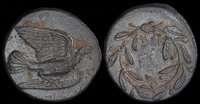
Sikyon 330-305 BCE
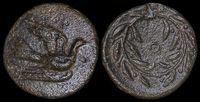
Sikyon 330-310/05 BCE

Sikyon 330-310/05 BCE
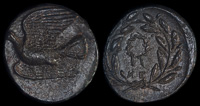
Sikyon 330-310/05 BCE
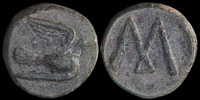
Sikyon 365/45-335/0 BCE
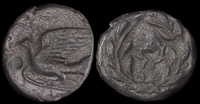
Sikyon, 330-310/5 BCE
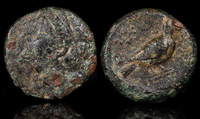
Timarchos of Paphos 360-312 BCE
